Ferrari drivers Carlos Sainz and Charles Leclerc say the track changes at the Jeddah Corniche Circuit do not go far enough despite modifications designed to improve sightlines after concerns were raised during last year’s inaugural Saudi Arabian Grand Prix weekend.
There were several incidents during qualifying with a slower car impeding a faster one in which visibility through high-speed sweeps played a part, including one that resulted in Lewis Hamilton being reprimanded for impeding Haas driver Nikita Mazepin in the Turn 7/8 left/right sweeper during practice.
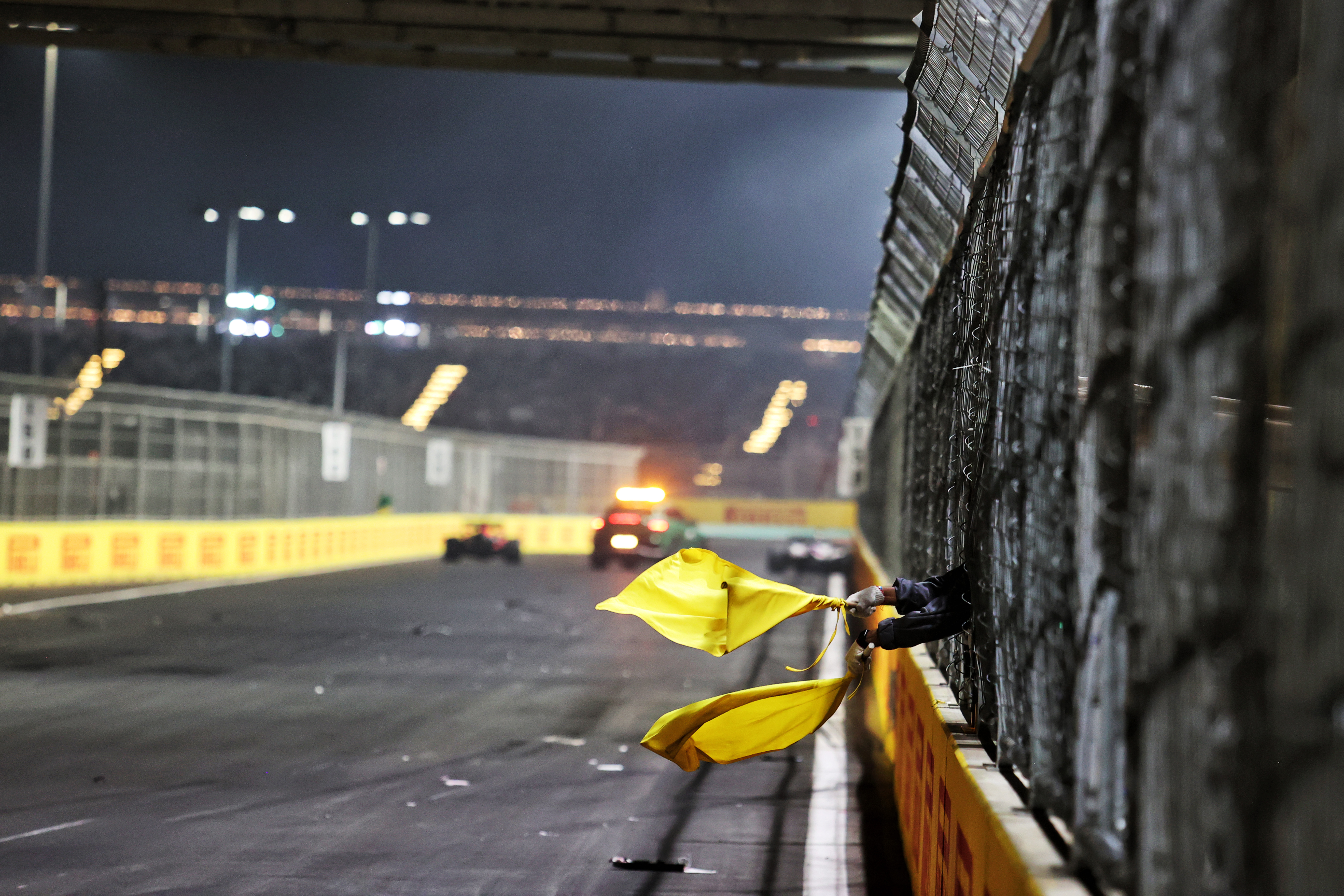
There was also a major accident in the race when Mazepin rear-ended George Russell as the field attempted to avoid Sergio Perez’s Red Bull, which had spun at the Turn 3 kink that immediately follows the Turn 1/2 left/right after contact with Leclerc’s Ferrari.
Turn 1/2 is one of the areas where the barriers have been moved to improve the sightlines following feedback after last year’s race. Also modified on this basis were the fast right-hand kinks of Turn 14 and Turn 21 (pictured below).
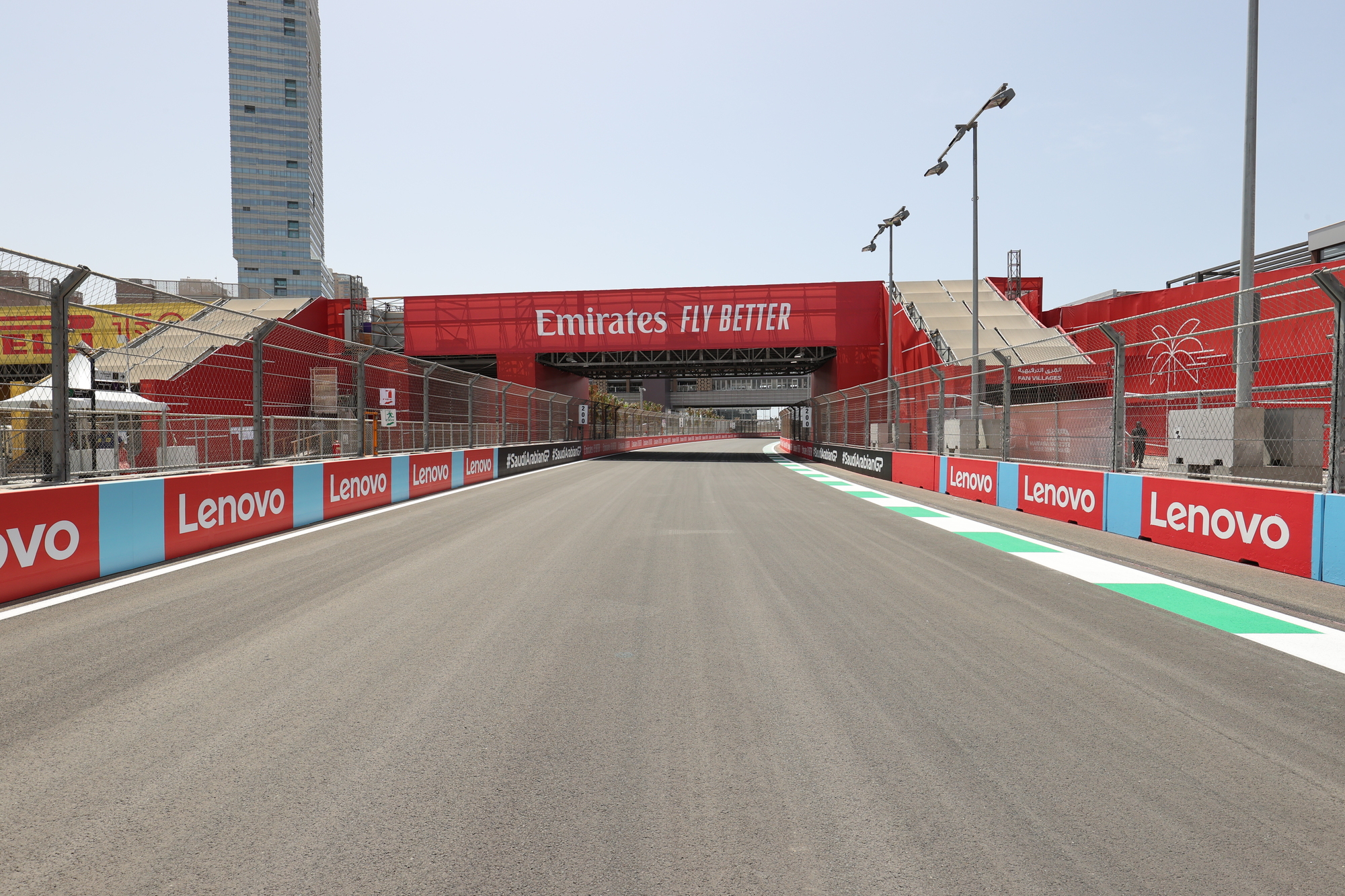
The Ferrari drivers inspected the circuit in Jeddah on Thursday and both raised concerns, with Sainz suggesting that the sightline improvement will be negligible because the line through the corners will also be modified.
“I was commenting with Charles that they just move the wall but the driving line will still be close to the wall, which means our visibility doesn’t improve,” said Sainz when asked by The Race about the changes.
“Which for me just shows that we need to be making this relationship with the FIA tighter, better, because we expected a step in the right direction.
“In my opinion, this is not much better – it’s marginally, a very small, tiny bit, smallest ever bit [better].”
Leclerc believes the changes were in the right direction but argued that more needs to be done.
He pointed to the high-speed sweeps between Turn 4 and the banked Turn 12 left-hander that have not been modified as an area where changes are required.
“It’s going in the right direction but I don’t think it’s enough, especially in the last part on the track from what I’ve seen,” said Leclerc when asked about the changes by The Race.
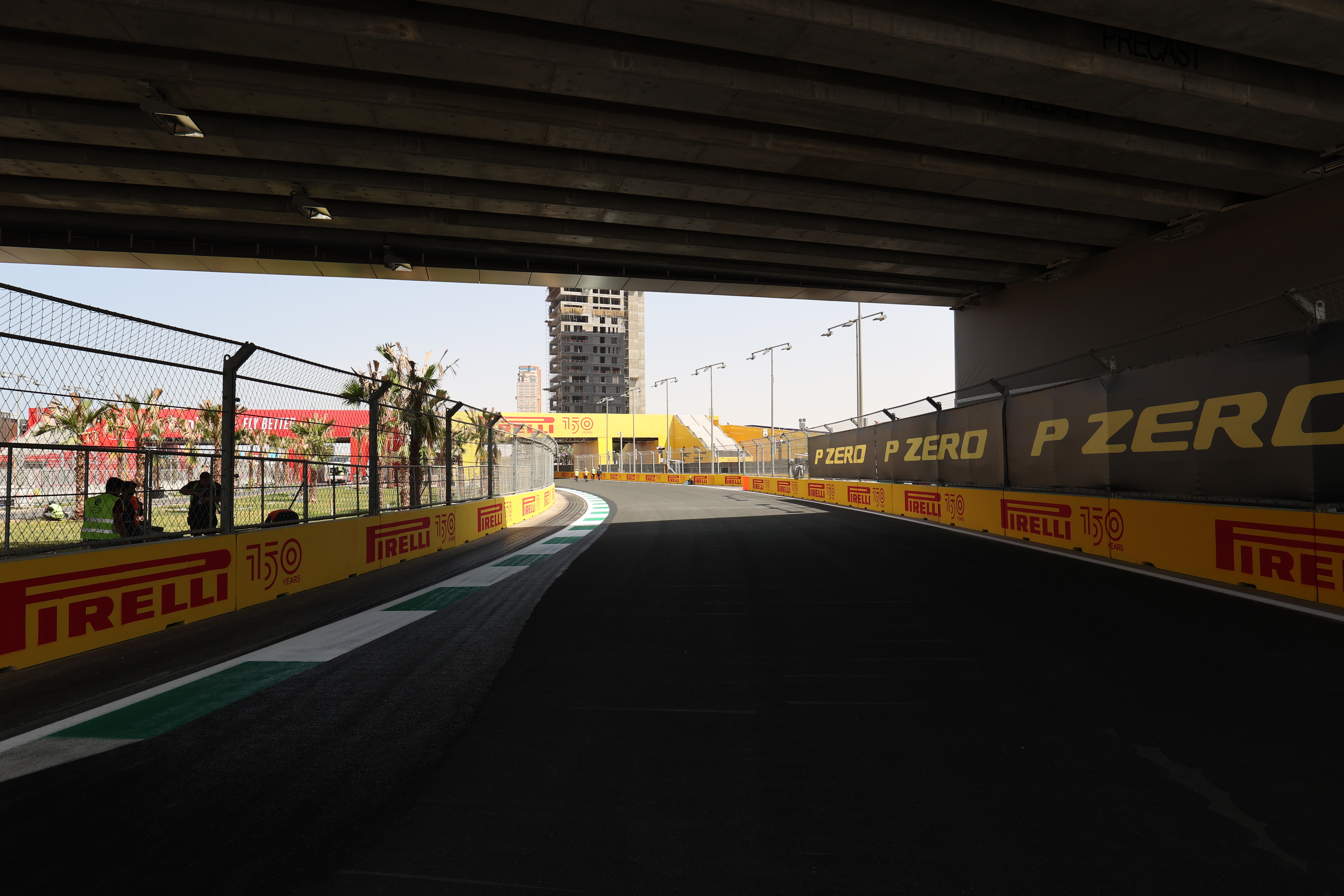
“But the first part from Turn 4 to Turn 12, it didn’t change much, which was probably the most critical part. So let’s see how it is in the car, but I don’t think it’s a massive change.”
As well as the modifications to improve the sightlines, the Turn 27 left-hander – where Max Verstappen famously tagged the wall last year while on a potential pole position lap in qualifying – has also been widened by moving the wall back 1.5 metres because this part of the circuit was felt to be too narrow.
This is the sole change to the circuit in terms of the track footprint itself.
The changes were made followed recommendations from the FIA and F1 to the race organiser following last year’s race, which took place just three-and-a-half months ago.
“The FIA and Formula 1 had requested that we looked at 12 or 15 points around the circuit – nothing that was an issue as such, it was more about sightlines because obviously the speed of the circuit is such that drivers were arriving very quickly on slower cars,” said Saudi Arabian Grand Prix CEO Martin Whittaker.
“The main issue there was not so much the race, but more importantly in qualifying where you’d got cars backing off to take advantage of a decent lap.
“The FIA can do things about that, obviously, because in the driver’s briefing they can tell people that they mustn’t slow down around certain corners or in certain areas, but predominantly it was felt much better for us as the promoter and the organisers of the circuit to actually look at what we could do.
“So we have effectively changed the number of the sightlines. It does not change the dimensions of the circuit. The footprint of the circuit remains the same, apart from Turn 27.”
There are also changes to the apex barriers at three corners – Turns 4, 16 and 22. These are all in sweeper combinations where drivers requested more radiused steel barriers, which have been added in place of the more sharp edges created by the previous concrete barriers.
This should mean it’s possible to glance a barrier lightly without damage, potentially even making it easier for drivers to carry more speed through.
“We’ve moved the barrier in certain places, we’ve added steel plates in others to effectively take out the effect of what F1 called ‘shoulders’ on the corners,” said Whitaker.
“Obviously, the concrete blocks and the debris fencing on top are straight lines, they’re not curved. So when you put them together, there’s a shoulder where the two join together.
“That’s where predominately we’ve used steel plate to effectively increase the opportunity for the drivers to kiss the barrier without any likelihood of damaging the car.”
While the changes will have a small impact, it’s not only the Ferrari drivers who expressed concerns. Haas driver Mick Schumacher, having walked the track on Thursday, explained that the modifications are “very minor” and hopes there will be further changes in the future.
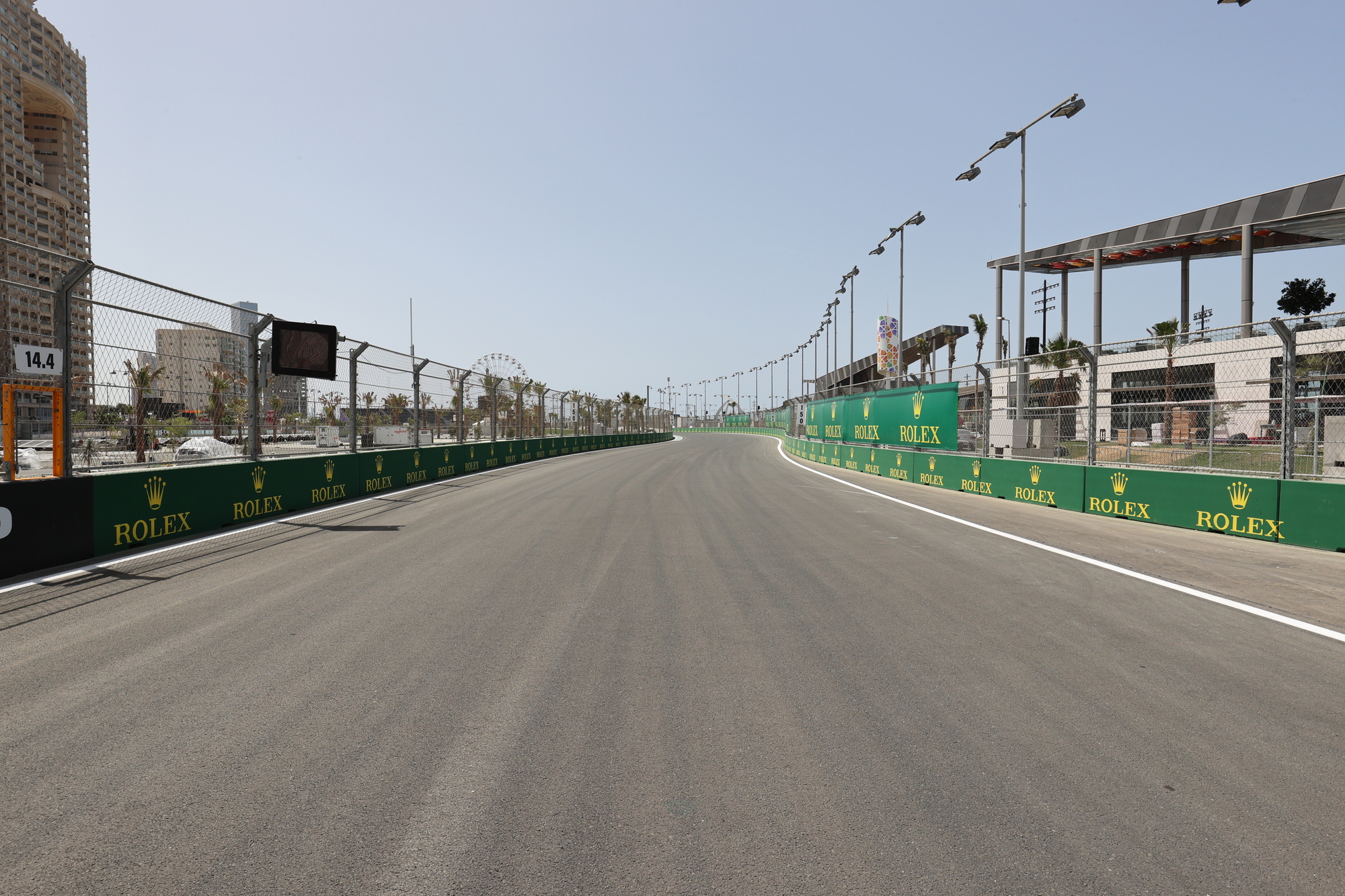
“I think it’s very minor, to be honest,” said Schumacher when asked by The Race about the extent of the changes.
“Still, some of the corners that we have could have been just a straight, it would have been easier. I guess [it’s] less numbers also to remember! But I think that it’s something that will probably evolve with time.”
As the circuit has been designed to generate the selling point of being the fastest street circuit in F1, as well as having the most corners, this can give rise to safety concerns.
This is an area where F1 must remain vigilant given the desire for new circuits to offer some unusual and promotable characteristics – although it should be noted that the Jeddah track is a fully-certified Grade 1 circuit and therefore has satisfied F1’s safety demands.
There was limited time to make modifications for this year’s race and the circuit is keen to make further improvements ahead of the 2023 Saudi Arabian Grand Prix.
There was not time to make other changes for the 2022 race to the Turn 23/24 sightlines, which Whittaker describes as “a bigger task”.
He suggests that this is a place where drivers could this year be warned to avoid backing off ahead of a qualifying lap to reduce the risk of an incident.
Last year’s race was interrupted by two red flags, one for the Mazepin/Russell crash and first for Schumacher crashing in a single-car incident at Turn 22.
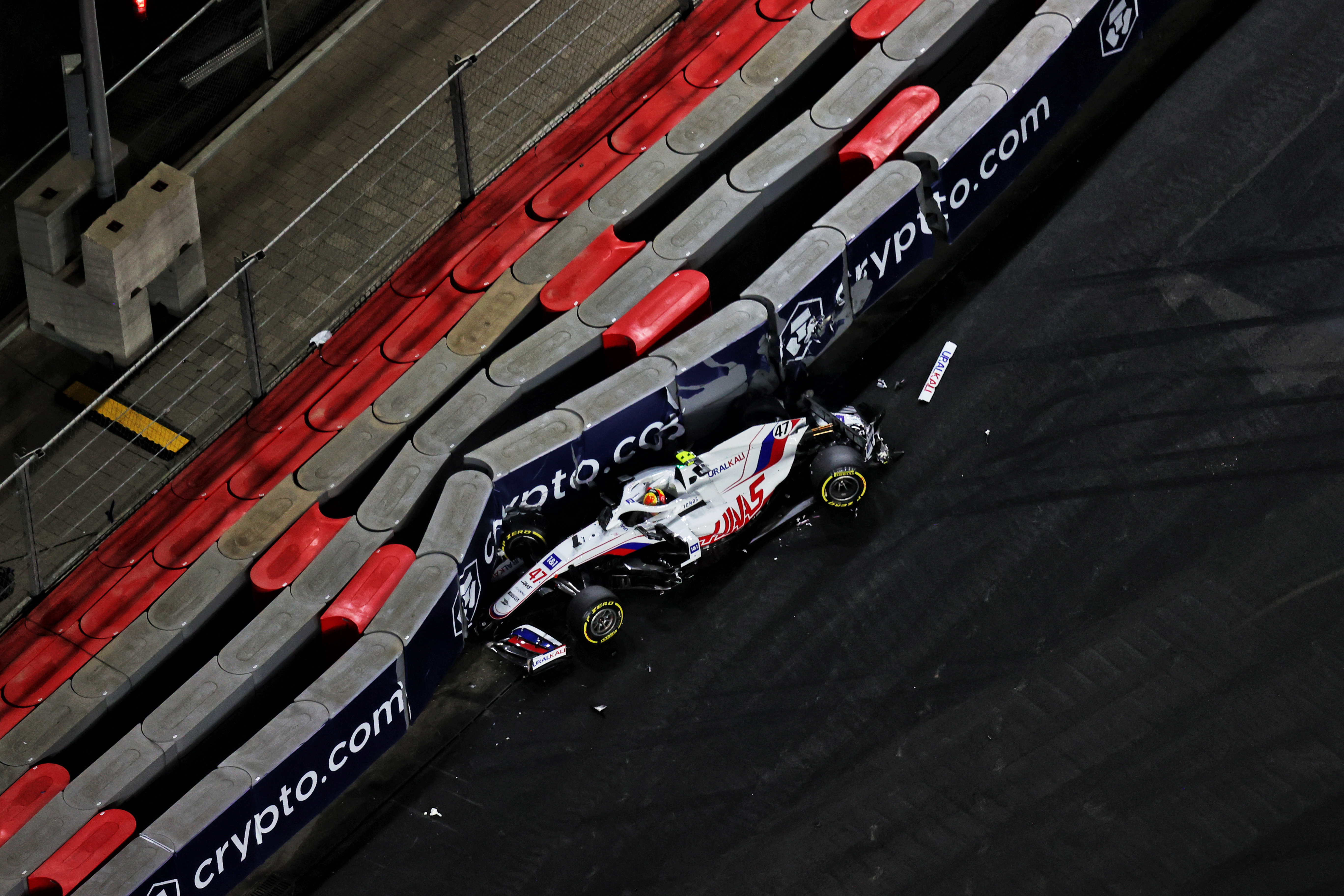
Despite feeling the track changes don’t go far enough, Leclerc was equivocal about the chances of a repeat of last year’s incidents.
While the track changes won’t have a big impact, he suggested the approach of the drivers will also have an effect.
“Thinking about the changes that they’ve done from last year to this year, I don’t know it will be so significant that we’ll see a completely different situation and from one year to another, it can be just very different,” said Leclerc.
“It depends on how many crashes we have and this depends not only on the track, but also on the drivers.
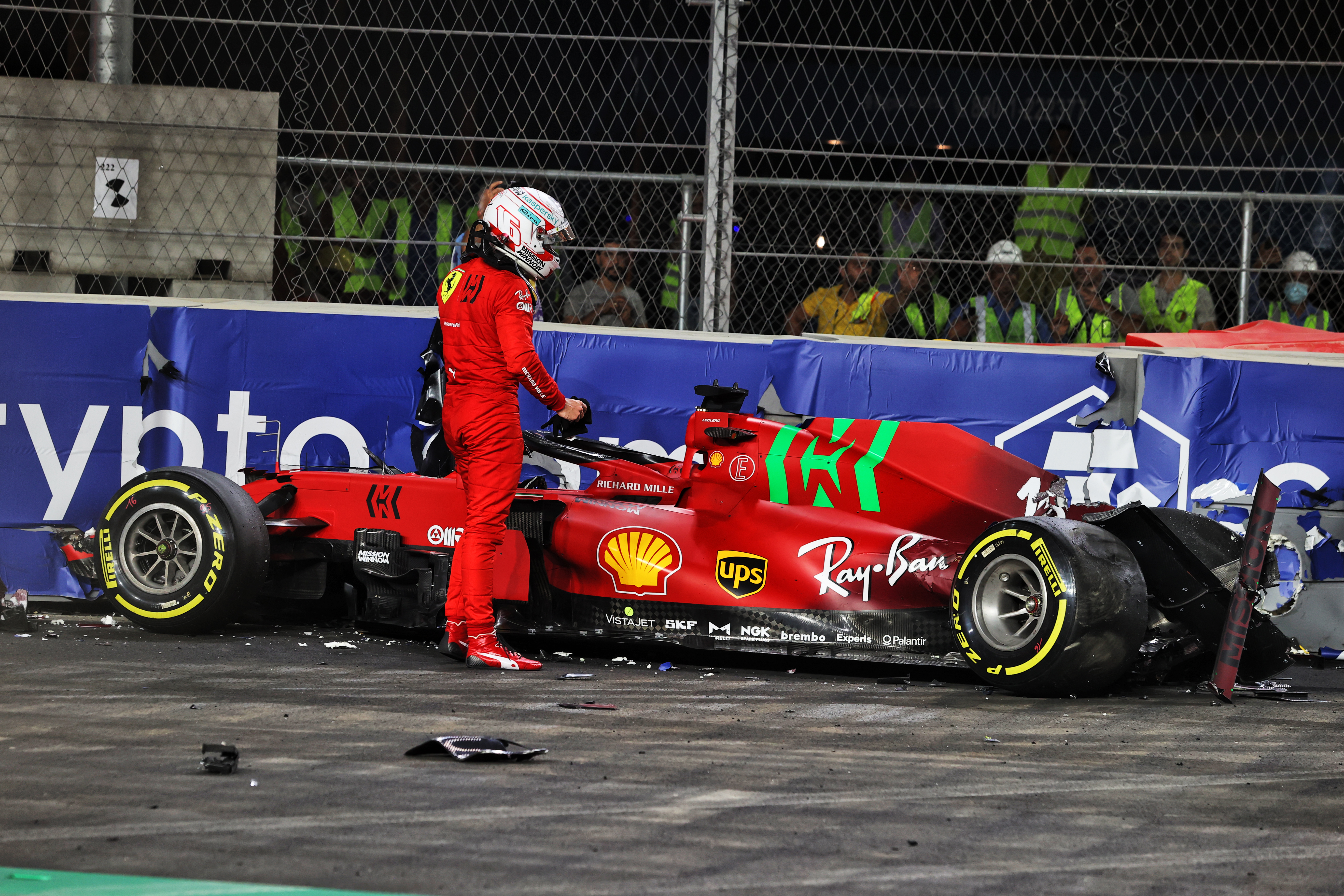
“So we’ll have to wait and see. But I don’t see the changes made doing a huge difference to the scenario of last year.”
The other changes to the circuit mainly have been to work through the extensive “snagging” lists of minor problems that arise at any new circuit. For example, there have been modifications to the plumbing infrastructure.
While the periphery of the track continues to resemble a building site in many areas, there has been work to improve the F1 paddock area and spectator areas inside the circuit.
The race is also starting half an hour earlier, at 8pm local time. This is “to further maximise the global television audience potential” by ensuring the race does not run too late for the ideal European audience.





